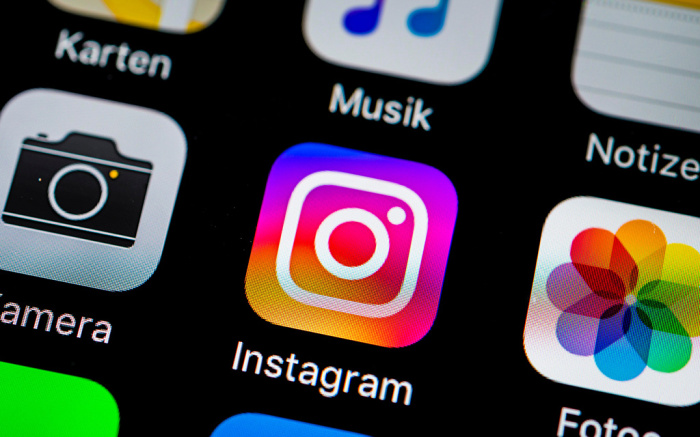Are Social Media Apps the Malls of the Future?
The boundaries between social media and e-commerce are shrinking by the day.
A month after Instagram revealed its new Checkout feature, which lets users purchase products from brands’ shoppable posts without ever leaving the app, a new study shows that interest in social shopping among consumers is up 38% year-over-year.
Bazaarvoice, a digital marketing company based in Austin, Tex., surveyed 2,000 consumers across the U.S., U.K., France and Germany and found that the ability to discover and buy products directly from platforms like Instagram, Facebook and Pinterest has become an increasingly important factor in how users experience these sites and apps. Brits in particular value the feature, with a third of respondents classifying commerce integration as critical to their experience of social media.
Related
Meghan Markle and Prince Harry's Instagram Breaks Guinness World Record
This New App Pays You Money Whenever Your Friends Shop
Instagram Expands E-Commerce Push With New Shopping Tool
Retailers are wising up to shoppers’ changing habits, too: Close to half of the firm’s clients said they planned to prioritize merging social media and e-commerce in the next 12 to 18 months.
Still, adoption has been relatively slow compared to other digital trends. It’s been nearly a decade since Mark Zuckerberg predicted that social commerce would be the next big thing in tech, and countless startups have since tried and failed to build viable businesses around the concept. In the meantime, though, Instagram has grown from a tiny photo-sharing app to a global platform with more than 1 billion monthly active users — many of whom are primed to shop from the brands and influencers they follow — and YouTube, Facebook, Pinterest and Snapchat have each added commerce features of their own, taking advantage of the captive audiences they already hold for hours of the day.
If consumers continue to see online shopping opportunities integrated into their social media experience and vice versa, the process could eventually become as normal as going to a store.


